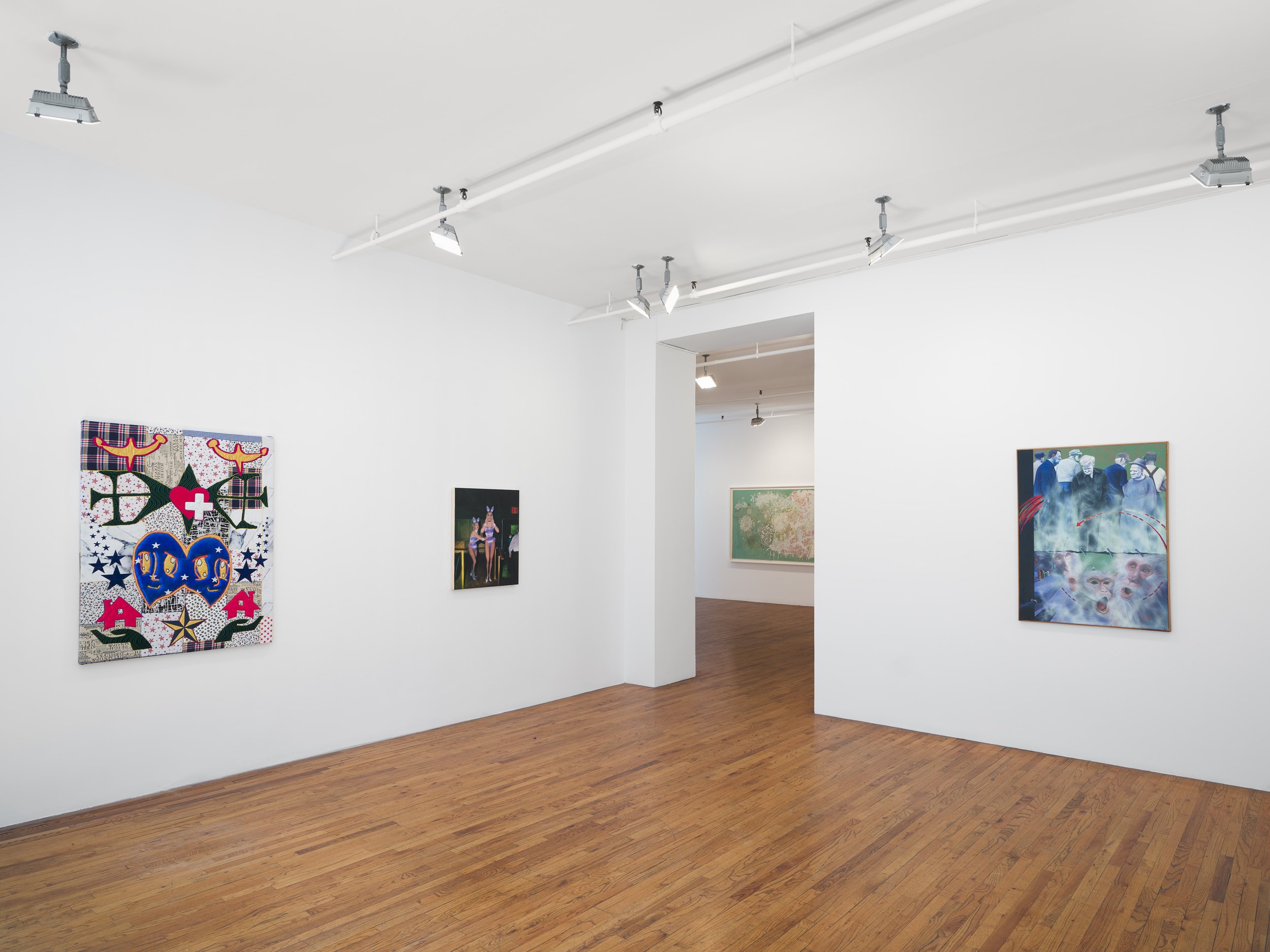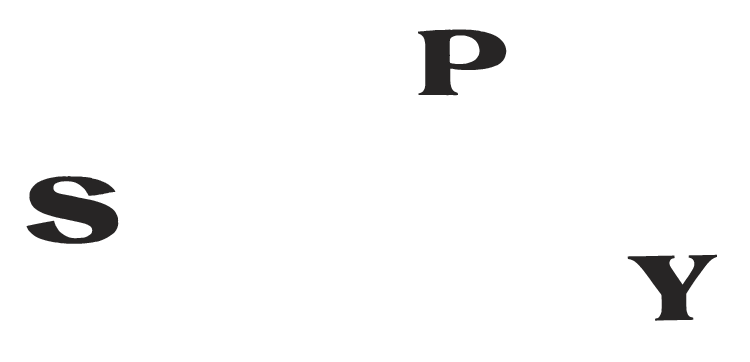Unrequited Curated BY Sara Apple
APRIL 25 - MAY 31, 2024
Peter Alexander, Malik Al-Maliki, Katherine Auchterlonie, Stefan Bondell, Cristine Brache, Sasha Filimonov, Chris Lloyd, Kay Kasparhauser, Alison Peery, Raymond Pettibon, Montana Simone
Opening Reception 6-9 PM, April 25
59 Wooster Street
New York, New York 10012
It seems easy to describe. Clear-cut and well-defined. An exhibition with a title: Unrequited, a curator: Sara Apple, and a group of artists, running from April 25 - May 31. But just look at the address where the LA-based gallery SPY Projects is hosting the show, 59 Wooster Street, and the seams start to split, unfurling in many directions. Not just another SoHo loft, the building—the very floor, in fact—once housed the Brooke Alexander Gallery, which opened its first exhibition in the space nearly 40 years ago and worked with a number of artists who have gone on to become legends, influencing the art scene in New York and beyond. It’s also a natural meeting place between East and West coasts, and a fitting home for SPY Projects’ New York debut, since the eponymous gallerist Brooke Alexander’s brother was the artist Peter Alexander, a pioneering figure of the Light and Space movement in California.
But even back in the 80s, when the Brooke Alexander Gallery opened on Wooster Street, the space was already saturated with history. It was not so much a pure start, as it was the next step in a sequence of new waves of art in Soho, dating back decades to when the first artists moved in and found a way to leverage the remnants of New York’s post industrial landscape and channel it into their work. As much as the interior of the gallery might attempt to operate outside of the world beyond, placing art within the expanse of the white cube, a clean break is always out of reach. That’s part of what it means to be unrequited, to be forever chasing after, endlessly closing in on that thing we desire so badly, but somehow can never grasp.
The feeling extends beyond the past and present of the world we live in. It’s integral to the experience of art. As much as we should know what an artwork is—what’s placed in front of us, contained within a frame, defined by a title and tombstone—there’s always something that seems to escape, an uncontrollable excess of meaning beyond what anyone, even the artist could predict. Because ultimately, the substance of it all is continually created anew and brought into being through every encounter between the viewer and the work itself. As a result, even the most rigorous or tightly structured artwork remains porous and in flux, incorporating shifting social contexts, feelings, and personal histories.
So, if it can’t be controlled, why fight it? Let go of the sisyphean struggle to reconcile vision and meaning with the murky, malleable world. The exhibition is not an endpoint, the final realization of a concept, but an embarkation, an embrace of the unrequited to welcome the larger possibilities of experience. This extends from the artists—selected less because they fit an aesthetic mold or illustrate a particular idea, but out of organic connections—to the structure of the show itself, which hosts events and performances throughout its duration. By opening up the exhibition while supporting its full potential, all these disparate strands can be brought together, encouraged to develop into the unknown and unexpected, and become something more in the process.
WORKS
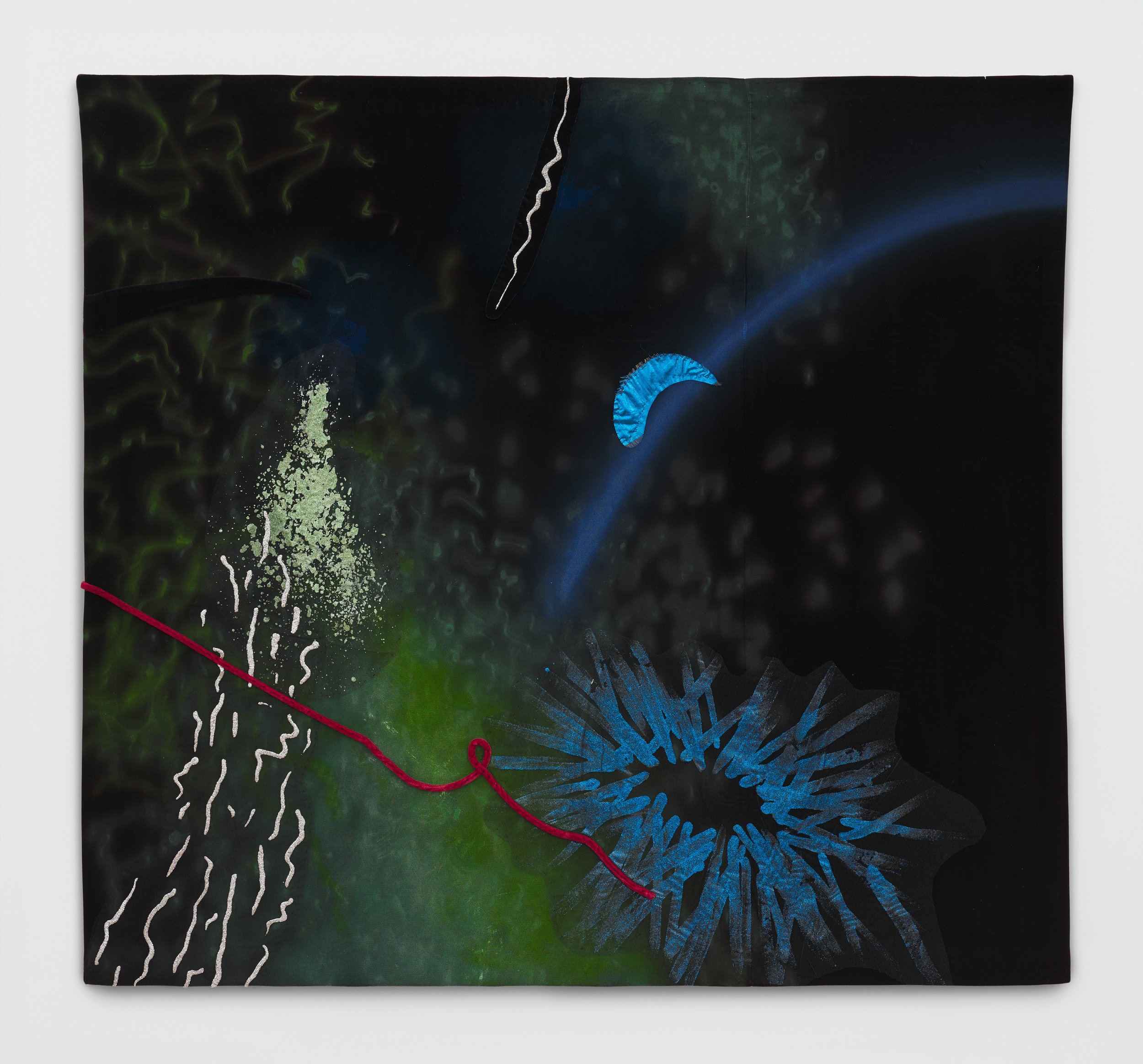
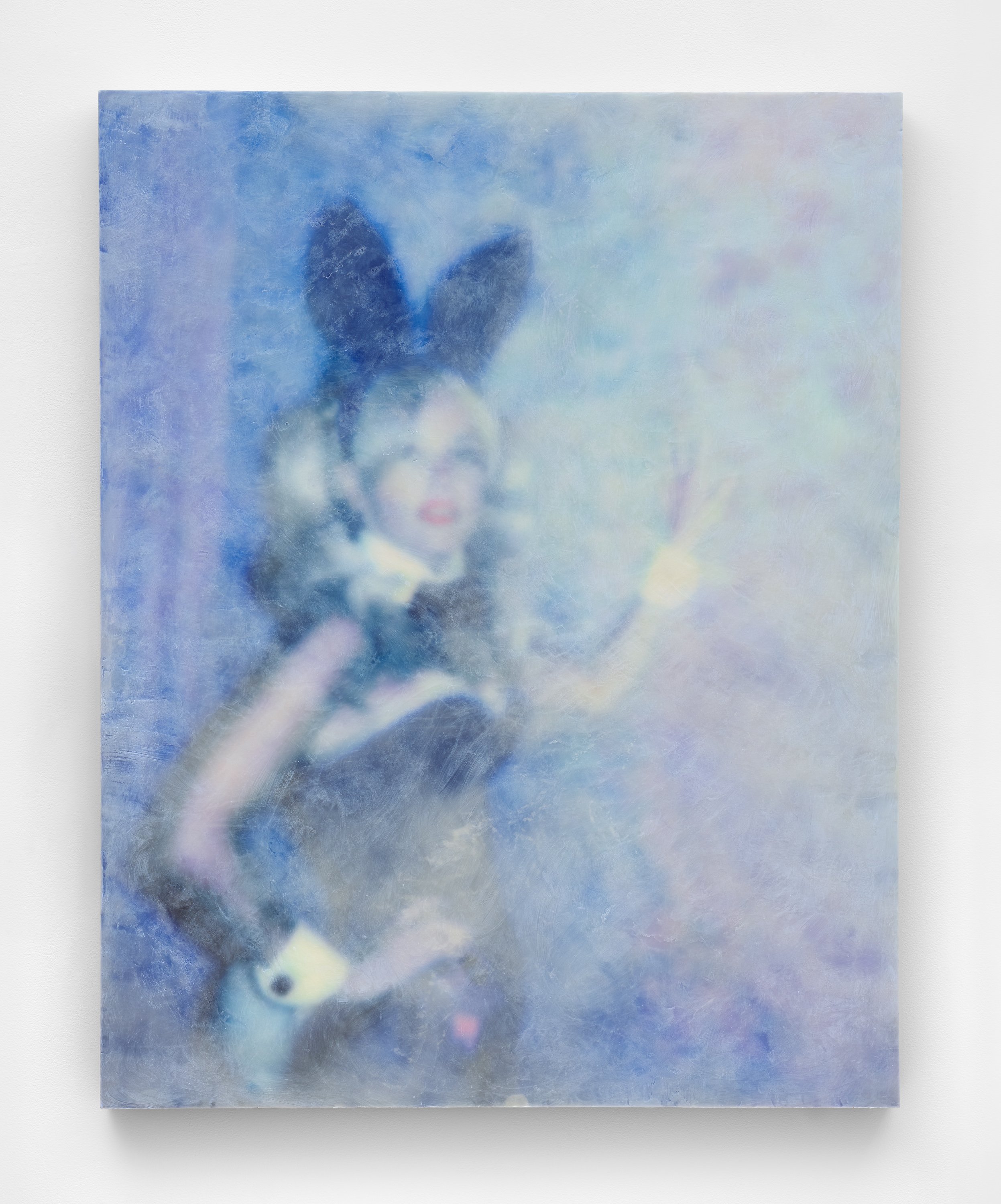
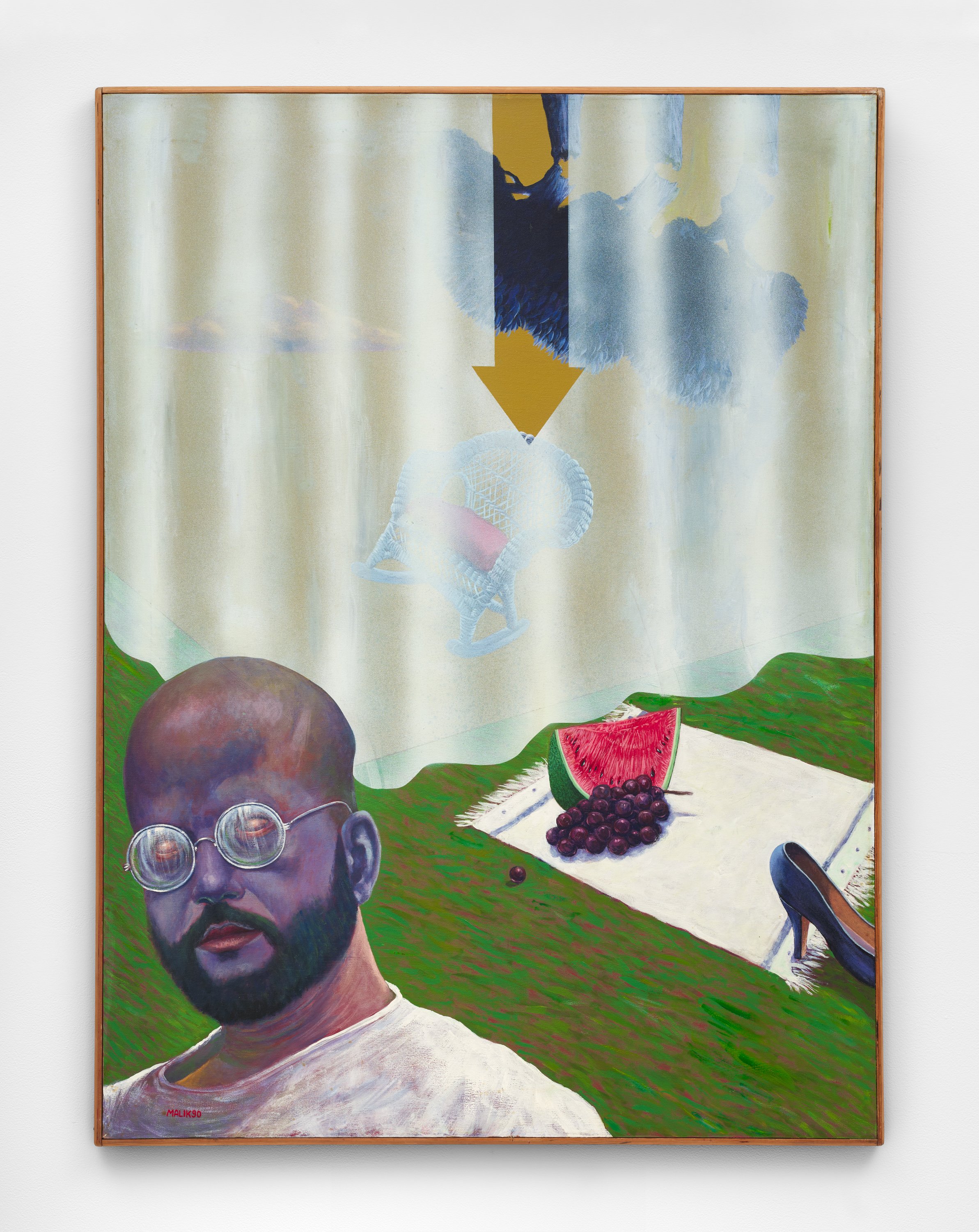
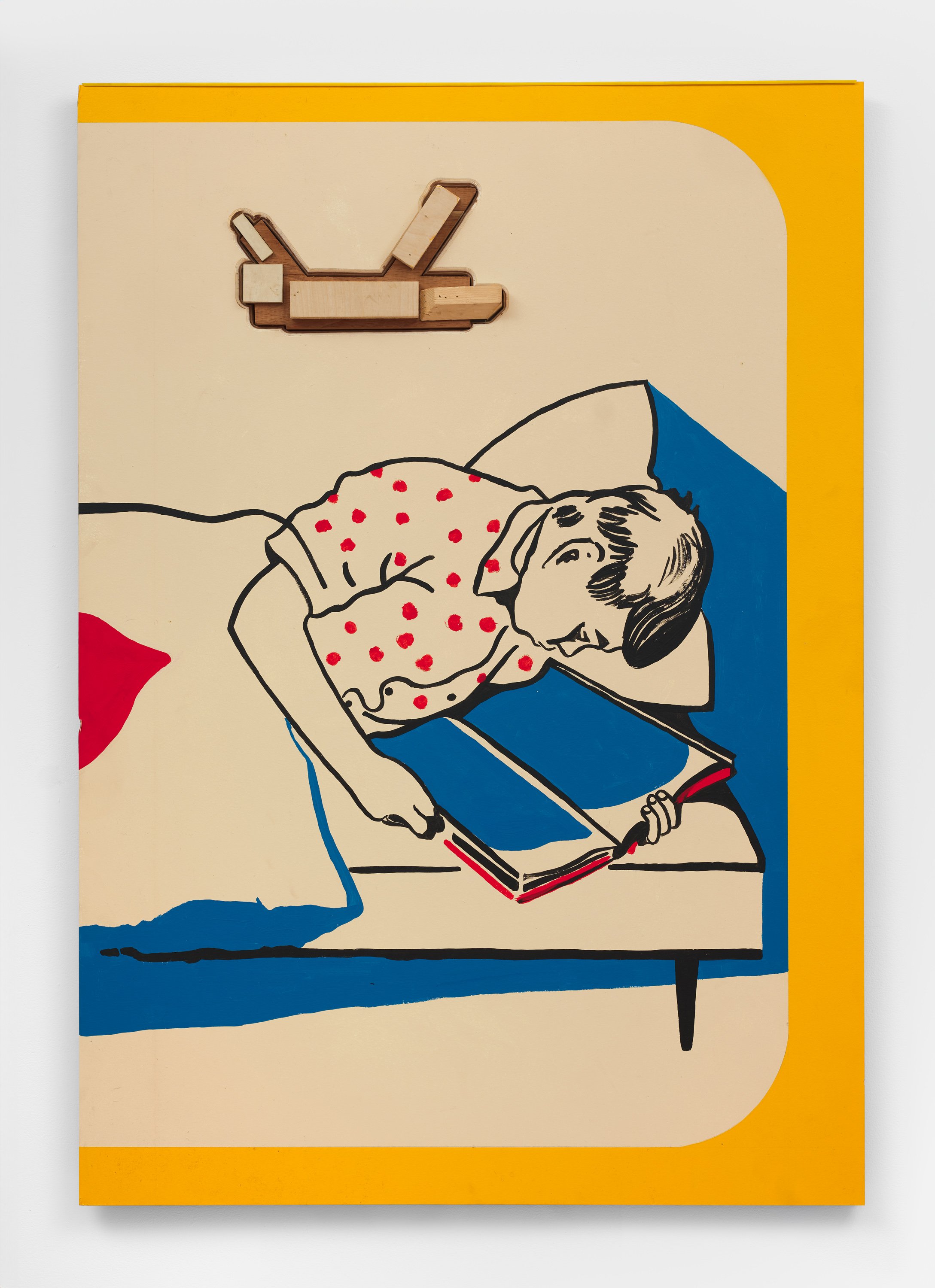



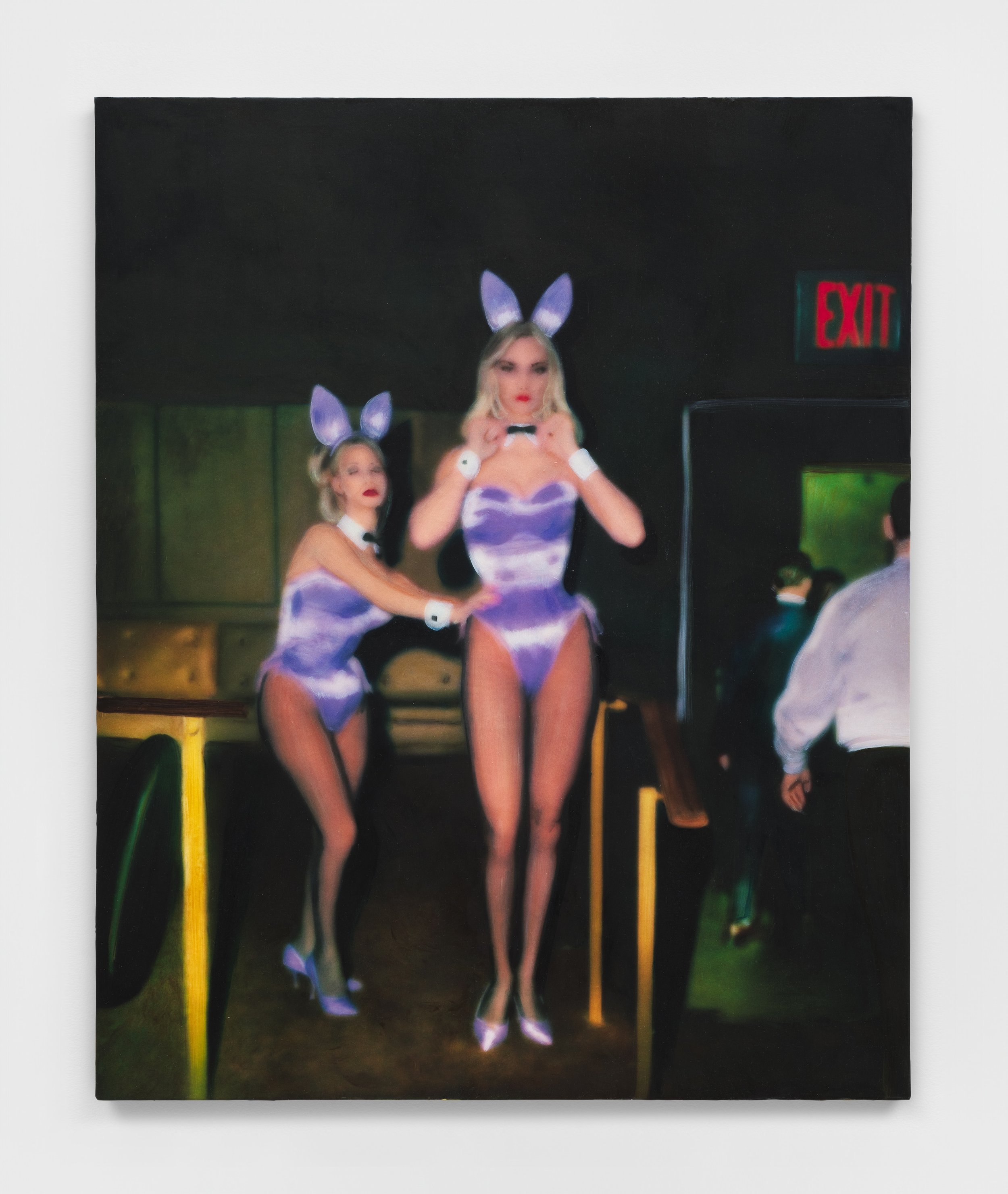
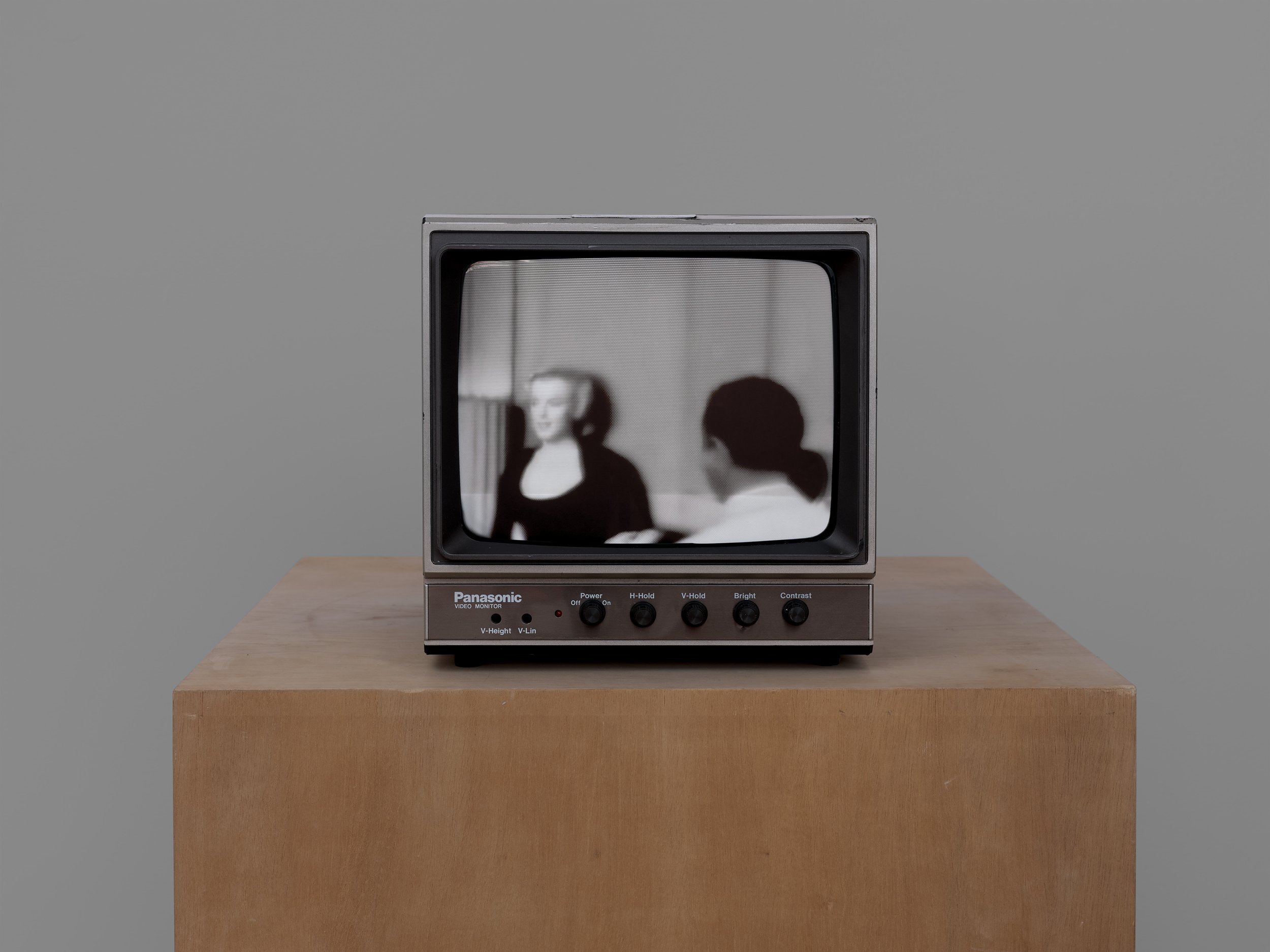

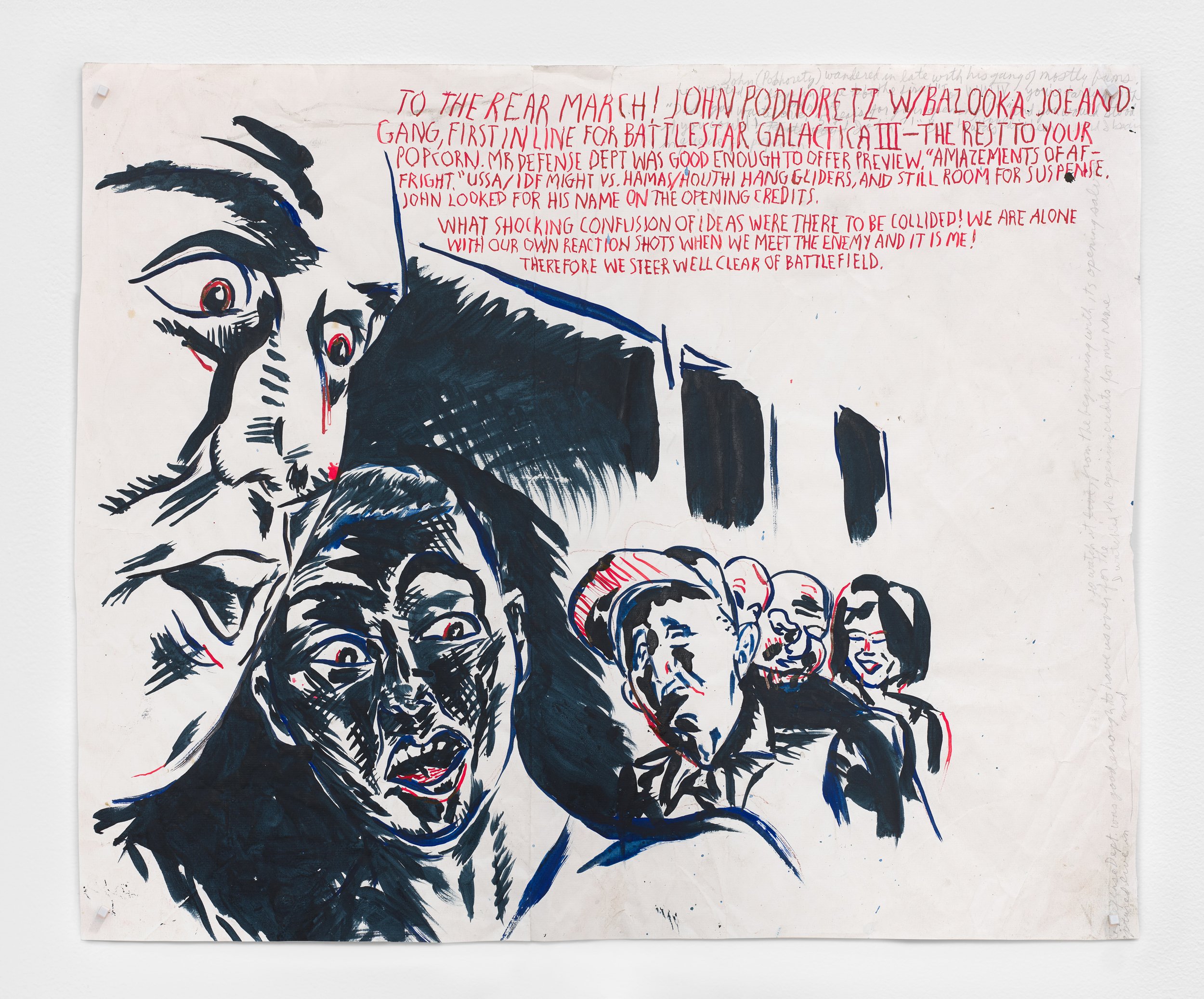
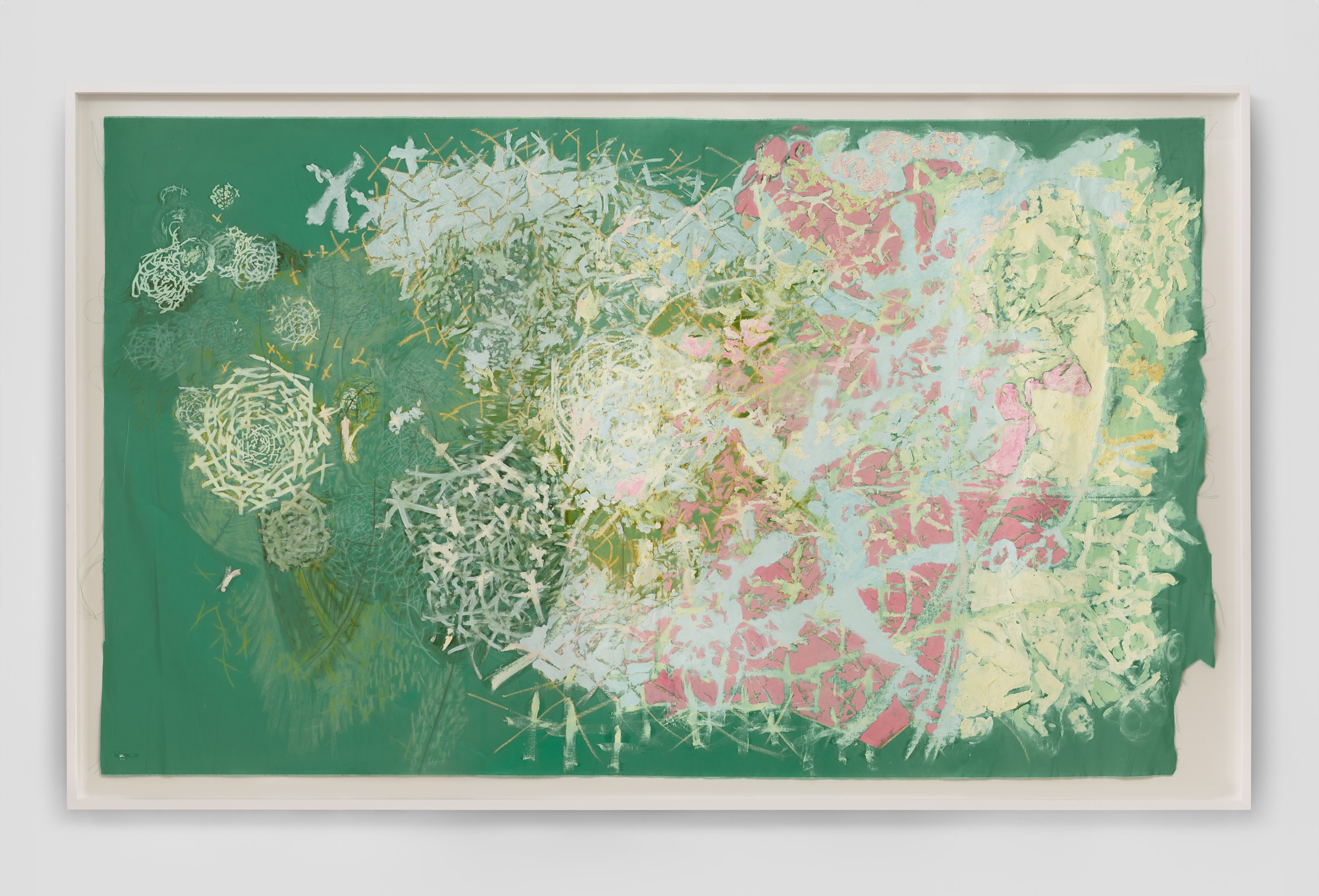




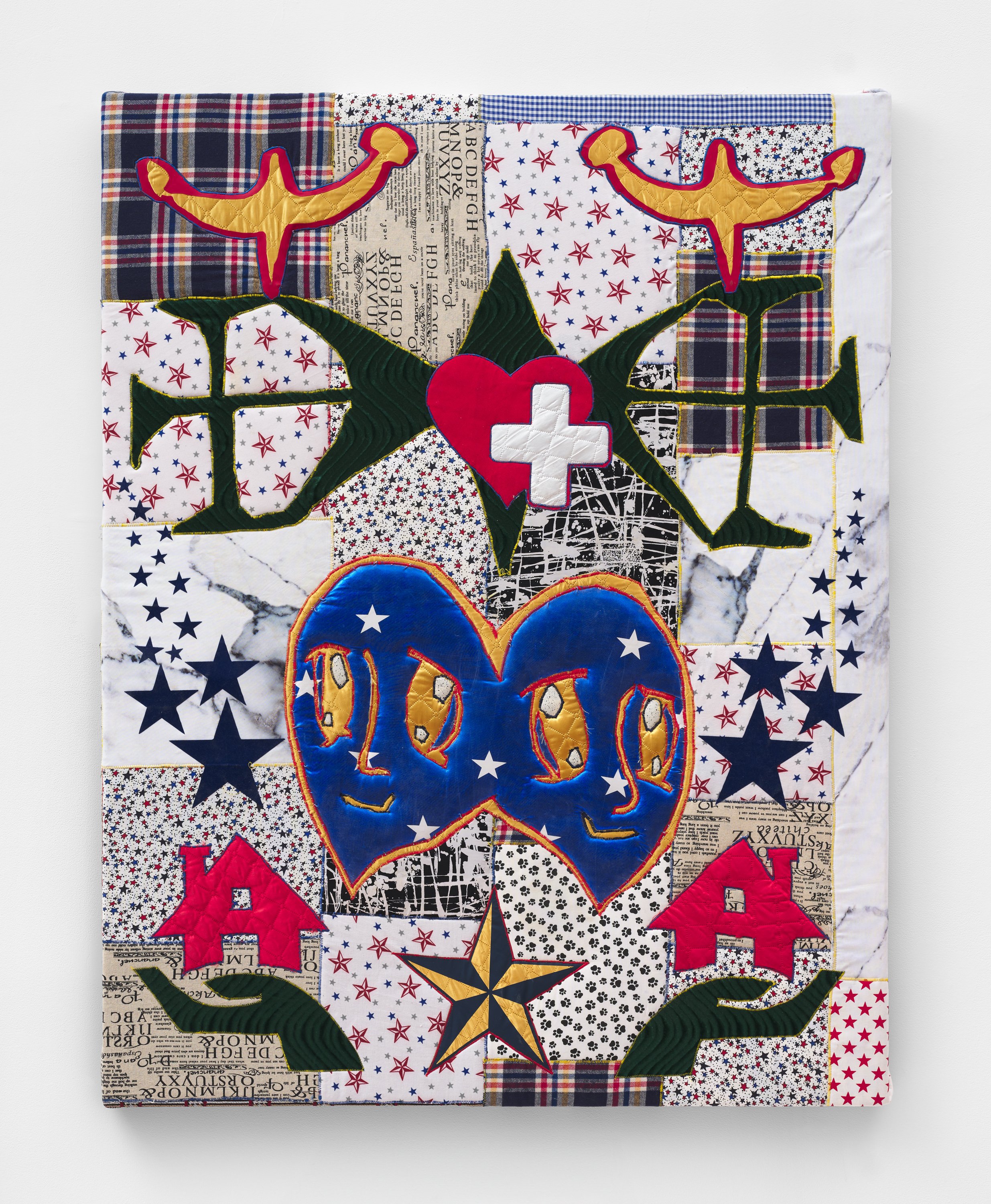

INSTALL





